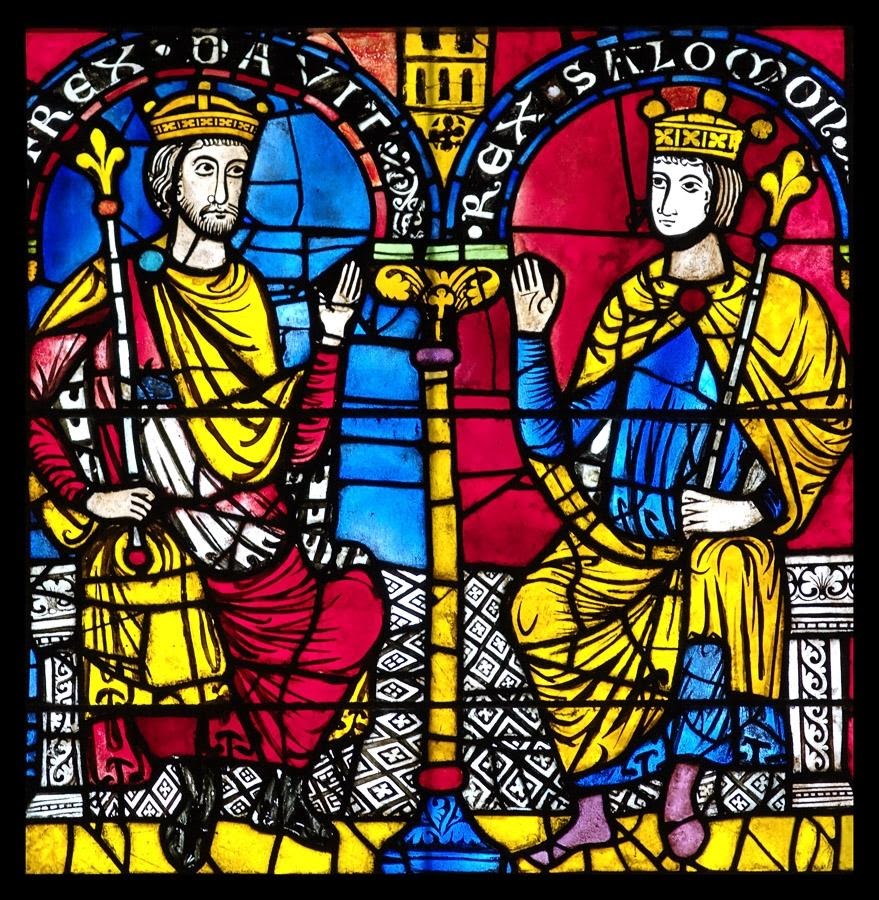
- This course has passed.
“This is Not the Middle Ages!”
3 February 2022 - 10 March 2022
Thursdays 10.45 – 12.45
£63.00 – £312.00

Coffee, tea and biscuits are included on arrival and during half-time break
Description
Today, we use the Middle Ages as a touchstone for all that is crude, primitive and ignorant, but does this really accord with the radiant windows of Chartres, the elegance of the Lady and the Unicorn tapestries, the soaring cathedrals and ravishing aristocratic manuscripts? We will look at the range and accomplishment of the arts, and the context of people and ideas from the 11th to the 16th century, an age with which we have more in common than we might think and a panorama so rich that you will never again decry it!
“An enchanting course. Once again Nicole has chosen a rich and varied series of illustrations to support her intensely detailed and fascinating talks, which manage to be both erudite and light hearted”.
Course Outline
3 Feb 2022 – What? When?
The very name we use for this period, the Middle Ages, presents it as no more than an interval between two significant ages – antiquity and the Renaissance. Today we explore the nature of our contemporary expectations of art and some of the treasures and revelations we will encounter in the course of the series, starting with the ensemble of Chartres cathedral.
10 Feb 2022 – Primitive?
From stained glass to tapestries to manuscript illumination, we examine the sophisticated skills of medieval art through some of its finest projects, and the training of the guilds, which made them possible. We move on to look closely at the environment of refined artistic splendour around the Burgundian court.
17 Feb 2022 – Crude?
Today we look at style and its change and refinement through our period, from the bold strength of 11th century sculpture to the naturalism and delicacy of 15th century manuscript illumination. Our detailed focus will be on the city of York and, above all, its Minster.
24 Feb 2022 – Ignorant?
Medieval man may not have been familiar with antibiotics or the theory of relativity, but he was steeped not only in knowledge of the bible but also in some complex theology. The translation of these ideas into images appears for simple audiences in the smallest of parish churches as well as in the most elite commissions, and, in Part II, we look at the elaborate pattern of thought through one of the most exquisite of 13th century survivals, the royal chapel of the Sainte Chapelle in Paris.
03 March 2022 – Isolated?
Arabic art from Sicily and Spain, trade with Byzantium and marriages between courts all make their impact on European art. Many may rarely have left their villages but crusades, pilgrimages and embassies circulated ideas and culture from the corners of the known world. By1400, there is a truly international style which we will examine in detail across the great centres.
10 March 2022 – The End
Do we think about the end of the Middle Ages or just about the beginning of the Renaissance? Our period is characterised by ideas, media, style and patronage and we will ask how they change to reflect a very different belief system, and how targeted campaigns of destruction have twisted our understanding of medieval creativity. Finally, we will consider the relevance of all we have seen to our experience today.